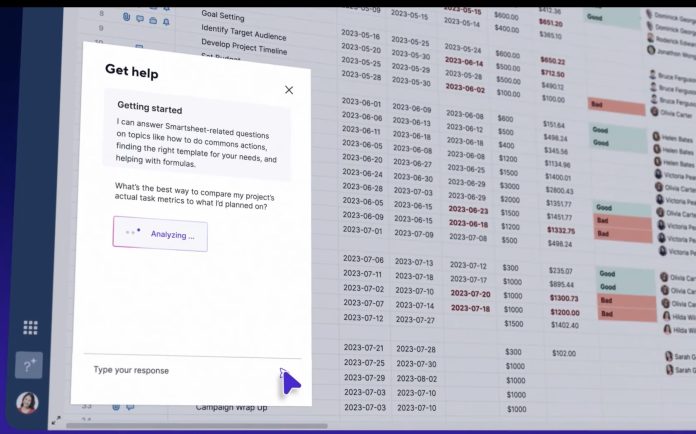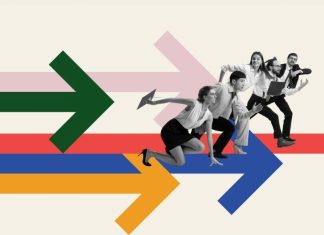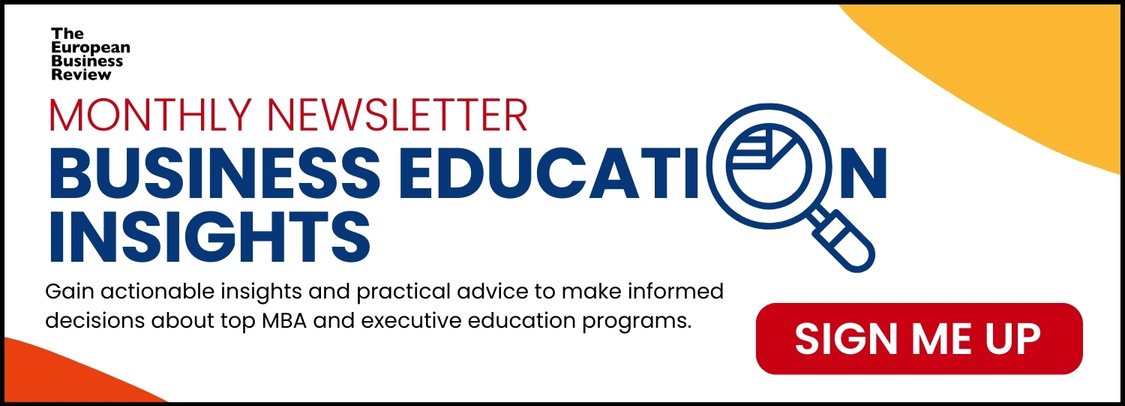
By Caz Brett
The rapid integration of AI into workplaces has transformed how employees engage with their tasks. By automating repetitive work, AI offers a promising solution to boost efficiency and free up time for strategic and creative thinking. Yet, despite AI’s ability to simplify workflows, many businesses are still struggling with an overload of disconnected productivity tools that create constant distractions. While AI can eliminate tedious tasks and create space for meaningful work, the proliferation of such non-integrated platforms risks creating a “ping-fatigue” crisis that leaves teams overwhelmed and exhausted.
I’ve worked extensively with organisations navigating the AI landscape, and I understand the promise of AI to unify workflows and create a more efficient digital experience. The challenge isn’t AI itself, but how businesses integrate it with their wider tools and platforms. The key lies in striking the right balance, leveraging AI as an opportunity to consolidate and simplify workflows, rather than adding to the noise and complexity. When implemented strategically, AI helps create a seamless and stress-free digital experience, while keeping employee well-being front and centre.
The rising tide of digital overload
With various platforms managing different tasks – collaboration software, communication apps, automated workflows – employees must constantly switch between interfaces.
While productivity tools are designed to enable efficiency, their sheer volume has led to an unintended consequence – overwhelmed employees grappling with an influx of digital distractions. From real-time project updates to instant chat messages, employees often find themselves constantly responding to a tidal-wave of notifications, rather than engaging in meaningful work. Research by Gloria Mark, a professor of informatics at the University of California, Irvine, found that people typically take about 23 minutes and 15 seconds to fully regain their concentration. With constant notifications disrupting their workflow, it’s understandable why many employees feel they can never get through tasks effectively if every notification can potentially impair their cognitive focus and productivity.
One of the biggest obstacles is the fragmentation of collaboration tools across different departments. With various platforms managing different tasks – collaboration software, communication apps, automated workflows – employees must constantly switch between interfaces. This “app overload” not only disrupts focus but also creates inefficiencies that AI can help us eliminate. Add to that the stress of the always ‘on’ culture with employees feeling the need to deliver on managerial demands regardless of what they’re doing or the time of day (especially when it comes to global teams). It’s no surprise that teams report feeling more stressed and less productive despite having more “productivity tools” at their disposal than ever before.
Leveraging AI to cut through the noise
To combat ping fatigue, business leaders must take a strategic approach to AI adoption by first uncovering what their organisation truly needs and then incorporating the right AI tools to support those goals. Rather than deploying multiple standalone tools, organisations should focus on integrating AI within a single, intuitive system that consolidates tasks and minimises unnecessary distractions. AI should be seen as the unifying force that streamlines workflows and eliminates redundant processes, rather than an additional layer of complexity. By carefully selecting and integrating the AI tools that align with their specific business objectives, companies can create a cohesive stack that directly addresses operational challenges and enhances workflow efficiency. The right AI solutions can help reduce unnecessary notifications, surface only the most relevant information, and improve overall productivity – all without overwhelming employees.
Companies can also consider adopting AI solutions that incorporate smart prioritisation, where notifications and tasks are surfaced based on urgency and relevance. For example, with Smartsheet, users can configure their notifications to ensure they only receive a specific type of notification on their desired device and can also opt out of notifications like ‘changes to a document’ to reduce the notification noise.
By aligning communication methods with employee needs, organisations foster a more effective and less overwhelming digital work environment, ensuring that technology enhances collaboration rather than becoming a source of frustration.
Beyond technological solutions, implementing a culture that prioritises digital well-being is crucial. Encouraging teams to set clear boundaries, limit non-essential notifications, and embrace productivity techniques – such as the famous Pomodoro technique (25 minutes of focused work followed by a 5-minute break) – can help mitigate mental exhaustion. It’s also helpful to encourage employees to have their ‘focused ping-free’ hour where they can concentrate on tasks exclusively.
Another key element of reducing digital overload is recognising that communication preferences vary among employees. While some may prefer instant messaging on platforms like Teams and Slack, others might find email more manageable, and some may opt for more direct phone or video calls for clarity. Leaders should engage in open discussions with their teams to understand these preferences and, where possible, establish guidelines that respect individual working styles. By aligning communication methods with employee needs, organisations foster a more effective and less overwhelming digital work environment, ensuring that technology enhances collaboration rather than becoming a source of frustration.
Prioritising employee well-being in the AI era
The AI revolution in the workplace is still unfolding, and businesses must remain agile in addressing its challenges. Leaders have an opportunity to reshape how AI is implemented, not as just another tool, but as a way to simplify and streamline work processes and move towards a cohesive, employee-first approach. By thoughtfully consolidating AI tools, respecting individual work styles, and prioritising mental well-being, businesses can create digital environments that truly serve their teams.
As organisations seek to optimise their digital strategies, discussions around AI adoption and workplace well-being will take centre stage. I’ll be speaking at Smartsheet’s upcoming London Summit on June 3, where we will explore these themes in depth – offering insights into how businesses can harness AI effectively while keeping employee experience at the forefront. With registration now open, it’s an opportunity for leaders to engage in meaningful conversations about the future of work in an AI-powered world.
The goal isn’t to implement technology for its own sake, but to build systems that empower employees to do their best work without unnecessary friction. This human-centred approach to AI adoption will distinguish tomorrow’s workplace leaders from those who simply chase the latest innovations without consideration for their impact. As we continue to refine our relationship with AI, let’s remember that the most valuable workplace asset remains human creativity and collaboration – qualities that technology should enhance, not hinder.




































